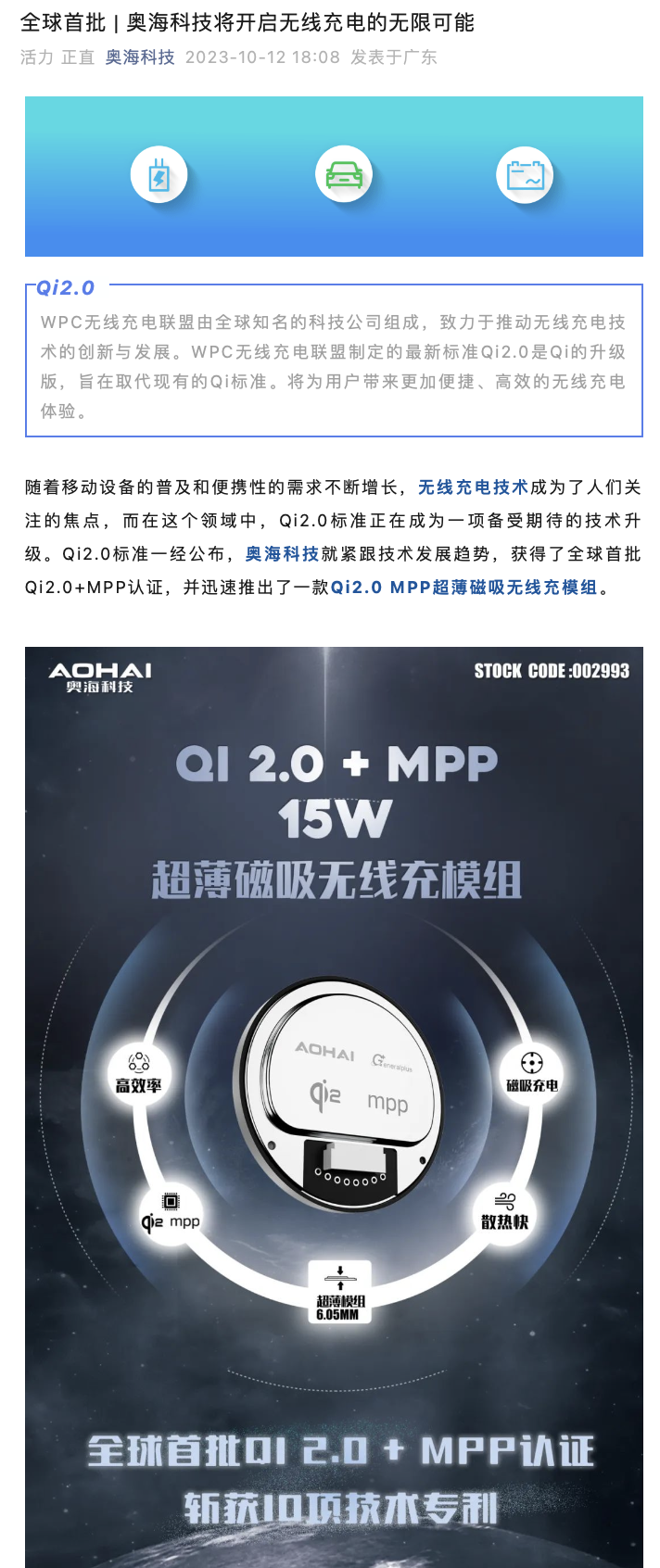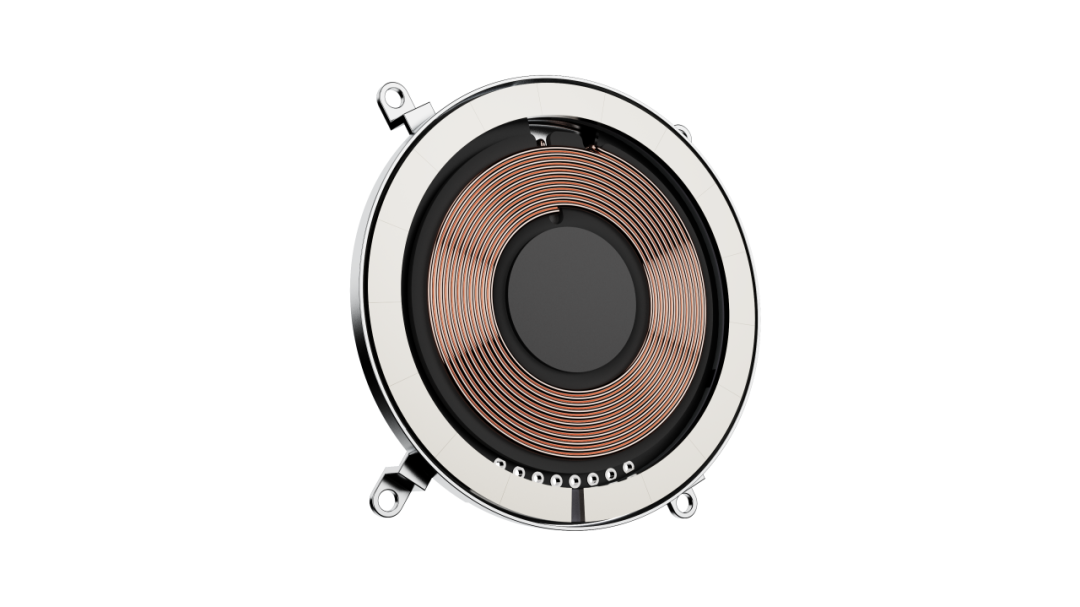
According to news from this site on October 13, Olympian Technology’s official account recently announced the launch of a new magnetic wireless charging module. The new wireless charging module is compatible with the latest Qi2 wireless charging standard released by the Wireless Charging Alliance.

According to official news, In addition to being compatible with the Qi2 wireless charging standard, this module has also passed MPP certification; The thickness of this wireless charging module is about 6.05mm. It is a complete design module, consisting of a circular PCBA and a wireless charging coil. It can be formed into a wireless charging module independently or used with other peripheral devices.

This site has previously reported on the relevant content of the Qi2 wireless charging standard. Compared with the current Qi standard, Qi2 uses magnetic power mapping technology, which is claimed to ensure a perfect match between the device and the charger, thus improving energy efficiency. Qi2 will enable the industry to develop faster wireless charging technology while ensuring that the charging process is always safe and does not shorten battery life or damage the receiver.
In addition, Qi2 does not require a plane-to-plane connection, but can support new product shapes, such as AR/VR headsets, through the magnetic locking function. It will also support new magnetic accessories on the back cover of mobile phones, such as external batteries, which means that future wireless charging panels launched by manufacturers such as Samsung and OPPO can use technology similar to Apple’s MagSafe
Advertising statement: This article It contains external jump links (including but not limited to hyperlinks, QR codes, passwords, etc.), which are designed to convey more information and save screening time. The results are for reference only. Please note that all articles on this site contain this statement
The above is the detailed content of AOHi Technology launches new magnetic wireless charging module, compatible with Qi2 standard. For more information, please follow other related articles on the PHP Chinese website!




